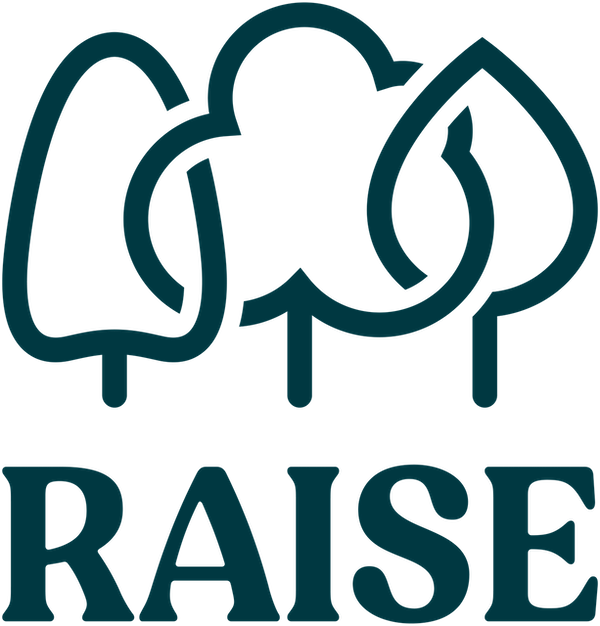Forest Plan / Context / Raise: Cumbria Community Forest

Raise: Cumbria Community Forest
Cumbria Community Forest
Launched in 2021 and extending across 1388 square miles (or 3595 square kilometres), Cumbria Community Forest (CCF) hugs the western edge of the Lake District National Park, stretching from the northern city of Carlisle to the post-industrial towns in the south. It takes in a unique Cumbrian setting of diverse landscapes, rural and urban populations, and socio-economic inequalities alongside local pride.
Cumbria Community Forest, led by Raise, is a landscape-scale programme of woodland creation and engagement which can only be successfully realised through partnership delivery. CCF’s partners range from: Local Authorities and National Park Authorities, to statutory and non-statutory environmental organisations including several woodland delivery organisations, to local communities themselves.
The Forest boundary of Cumbria Community Forest, shown in figure 2, has been recently expanded to encompass the entirety of the water catchments within the remit of West Cumbria Rivers Trust and Eden Rivers Trust, acknowledging the importance of the Rivers Trusts as strategic partners who are aligned with the mission and ethos of CCF. This expansion also includes areas of high opportunity for delivery of CCF benefits, identified by applying our Opportunity Mapping methodology to the whole of Cumbria.
Figure 2: Expanded boundary of CCF to incorporate West Cumbria and Eden River Catchments, enabling a pilot partnership approach with the Rivers Trusts and Forestry Commission
In line with the guidelines governing England's Community Forests and Trees for Climate funding, this change was approved at the local level. This was supported by key local partners including the Forestry Commission, Natural England, National Trust, Woodland Trust, Cumberland Council, Westmorland & Furness Council, Lake District National Park Authority and others.
At the time of writing this Plan, CCF is establishing a pilot arrangement whereby some planting sites within the Forest Boundary beyond the yellow dotted line will be delivered in partnership with the relevant Rivers Trust. This pilot uses Trees for Climate capital funding to replace Woodlands for Water funding and explores how the impact of the Community Forest can be expanded through partnership delivery with the Rivers Trusts and the Forestry Commission.
'Halos' are automatically added to the Forest Boundary but will not be promoted publicly. Given that the extension to the Forest Boundary is currently subject to a pilot arrangement, the scope and analysis in the Forest Plan does not take the increased area into account.
Raise
Raise is the organisation established to lead the creation of Cumbria Community Forest. Raise brings together communities, landowners, policy makers and artists to co-create sustainable and accessible woodland in diverse landscapes and restore existing woodland to healthy condition, helping to improve the environment and address the climate crisis, whilst creating social and economic opportunities to improve health and wellbeing. At its heart, Raise redefines what a woodland can be.
Community Forest Trust is a national charity supporting the work of England’s Community Forests, and the current legal entity and accountable body for Raise: Cumbria Community Forest.

Figure 3: Raise Collective session at Cummersdale, Carlisle, September 2024
The Raise Collective
Raise brings together a collective of foresters, artists, ecologists, researchers, funders, policymakers and practitioners working across health and community sectors. This group, Raise Collective, work together to develop innovative approaches for understanding and addressing barriers to engaging with trees and nature in Cumbria, particularly as experienced by neurodivergent people. This approach supports Raise’s science-led foresters to plan sustainable woodlands that deliver public benefits, with and for Cumbrian communities. The Collective meets several times per year at sites identified for woodland creation, as in figure 3.

